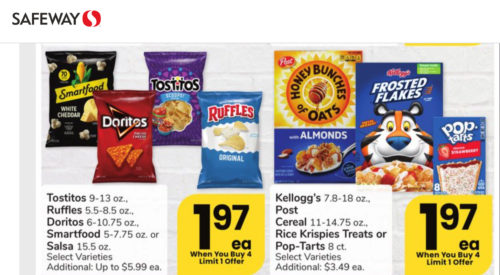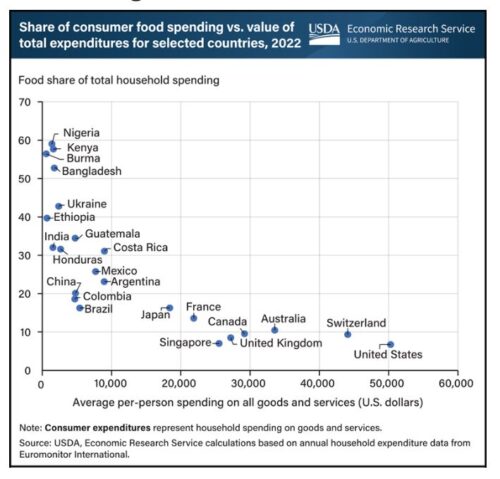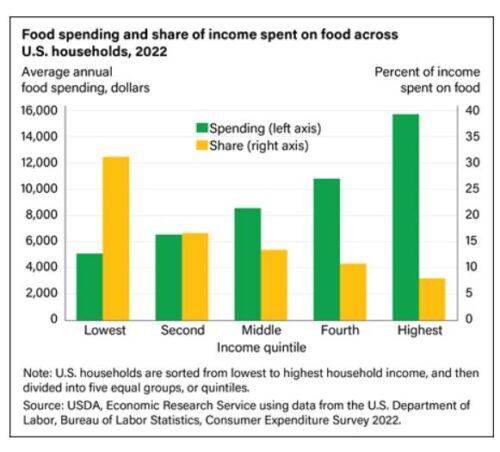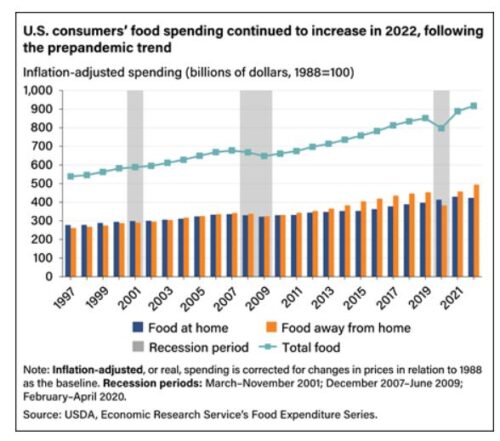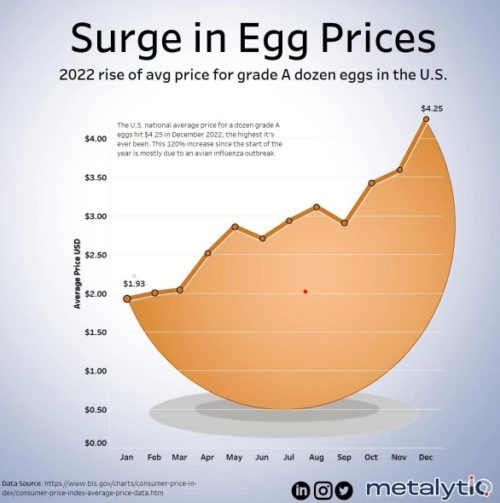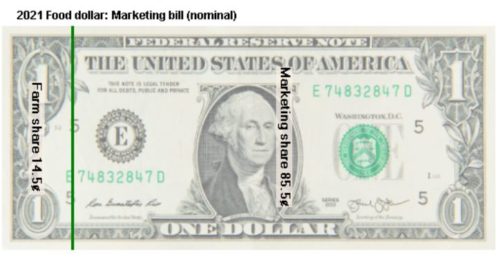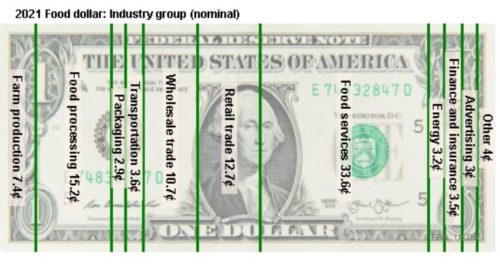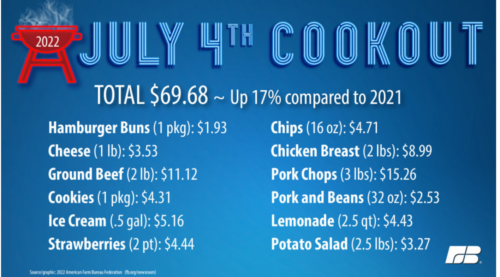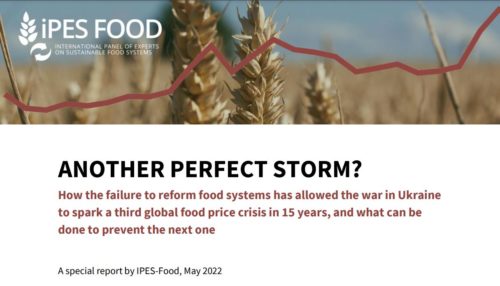Mac & Cheese sales down: blame SNAP
Every now and then a headline makes me gasp:
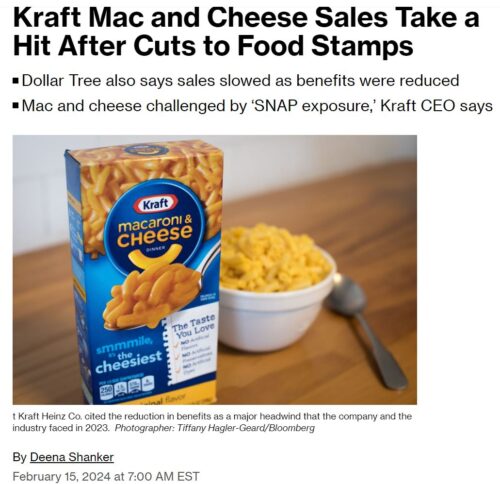
Deena Shankar’s article in Bloomberg News begins:
It’s been just about a year since the US government slashed additional pandemic-related food-stamp benefits, and some of the companies that make and sell food are seeing that hit their sales.
As she explains,
Enhanced benefits for the Supplemental Nutrition Assistance Program, or SNAP, ended last February, meaning families and individuals saw monthly cuts of $95 to $250 or more in what they received. Families with kids lost at the high end of the spectrum, according to the Center on Budget and Policy Priorities, a nonpartisan research and policy institute.
Never mind the effects of reduced benefits on low-income families.
packaged-food giant Kraft Heinz Co. cited the reduction in benefits as a major headwind that the company and the industry faced in 2023. “We saw some challenges in our mac-and-cheese business,” Chief Executive Officer Carlos Abrams-Rivera said on an earnings call. “Frankly, it’s a business that is driven disproportionately by our SNAP exposure.”
How’s that for a gasp-inducing statement. SNAP recipients are the core customers for this product.
If you want to know about inequities in the US food system, start here.
Kraft Mac & Cheese exemplifies cheap ultra-processed food.
Walmart sells five boxes for $4.88, less than a dollar a box.
For that, you are supposed to get three servings per box, but the whole box adds up to:
- 750 calories
- 1680 mg sodium,(4.2 grams of salt)
- 27 grams sugars
And what’s in this?
ENRICHED MACARONI (WHEAT FLOUR, DURUM FLOUR, NIACIN, FERROUS SULFATE [IRON], THIAMIN MONONITRATE [VITAMIN B1], RIBOFLAVIN [VITAMIN B2], FOLIC ACID), CHEESE SAUCE MIX (WHEY, MILKFAT, SALT, MILK PROTEIN CONCENTRATE, SODIUM TRIPHOSPHATE, CONTAINS LESS THAN 2% OF TAPIOCA FLOUR, CITRIC ACID, LACTIC ACID, SODIUM PHOSPHATE, CALCIUM PHOSPHATE, WITH PAPRIKA, TURMERIC, AND ANNATTO ADDED FOR COLOR, ENZYMES, CHEESE CULTURE).
Walmart sells a pound of carrots for $1.38.
There is something seriously wrong with a food system that makes a 750-calorie Mac and Cheese product so much cheaper than a pound of carrots.

